
Hubert Howe Bancroft was an American historian and ethnologist who wrote, published, and collected works concerning the Western United States, Texas, California, Alaska, Mexico, Central America, and British Columbia.

Sir Adolphus William Ward was an English historian and man of letters.

Elliott Ladd Coues was an American army surgeon, historian, ornithologist, and author. He led surveys of the Arizona Territory, and later as secretary of the United States Geological and Geographical Survey of the Territories. He founded the American Ornithological Union in 1883, and was editor of its publication, The Auk.

Francis Parkman Jr. was an American historian, best known as author of The Oregon Trail: Sketches of Prairie and Rocky-Mountain Life and his monumental seven-volume France and England in North America. These works are still valued as historical sources and as literature. He was also a leading horticulturist, briefly a professor of horticulture at Harvard University and author of several books on the topic. Parkman wrote essays opposed to legal voting for women that continued to circulate long after his death. Parkman was a trustee of the Boston Athenæum from 1858 until his death in 1893.

The Oregon Historical Society(OHS) is an organization that encourages and promotes the study and understanding of the history of the State of Oregon, within the broader context of U.S. history. Incorporated in 1898, the Society collects, preserves, and makes available materials of historical character and interest, and collaborates with other groups and individuals with similar aims. The society operates the Oregon History Center that includes the Oregon Historical Society Museum in downtown Portland.

Peter Chardon Brooks Adams was an American attorney, historian, political scientist and a critic of capitalism.

General Joel Palmer was an American pioneer of the Oregon Territory in the Pacific Northwest region of North America. He was born in Upper Canada, and spent his early years in New York and Pennsylvania before serving as a member of the Indiana House of Representatives.

Leslie McChesney Scott was an American historian, newspaper publisher and Republican politician in Oregon. He served as Oregon State Treasurer from 1941-1949. He served as acting Governor of Oregon for a period in 1948. He was also president of the Portland, Oregon Chamber of Commerce.
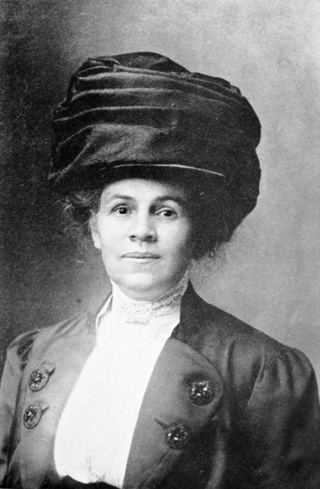
Eva Emery Dye was an American writer, historian, and prominent member of the women's suffrage movement. As the author of several historical novels, fictional yet thoroughly researched, she is credited with "romanticizing the historic West, turning it into a poetic epic of expanding civilization." Her best known work, The Conquest: The True Story of Lewis & Clark (1902), is notable for being the first to present Sacagawea as a historically significant character in her own right.
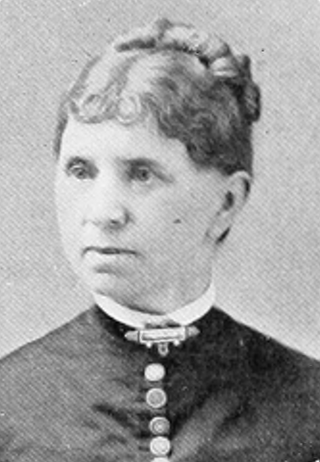
Frances Auretta Victor was an American historian and historical novelist. She has been described as "the first Oregon historian to gain regional and national attention." She was known for her books about the West and especially Oregon history.
Events from the year 1792 in the United States.

The following published works deal with the cultural, political, economic, military, biographical and geologic history of pre-territorial Oregon, Oregon Territory and the State of Oregon.
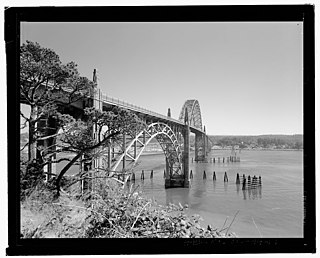
James Burton Norman Jr. is an American photographer, author, and cultural historian.
The Clatsop Mission was an outpost of the Methodist Mission near modern Astoria, Oregon, United States. Joseph H. Frost and his family was sent to the Clatsop Plains at the mouth of the Columbia River in 1841. Frustrated at his inability to convert the local Clatsop and Nehalem people, Frost took his family and left the area in August 1843. Josiah Parrish was appointed as his replacement, working at the station until its closure the following year in 1844.

Tsin-is-tum, also known as Jennie Michel, was a Native American folklorist based on the Pacific Coast of Oregon. Called "Last of the Clatsops" at the time of her death in 1905, Tsin-is-tum was much photographed. She provided oral history for scholars of the indigenous peoples of the Pacific Northwest region of the United States. Among her accounts was of family members who interacted with members of the Lewis and Clark Expedition in the winter of 1805-1806; she helped historians to locate salt works they had used.
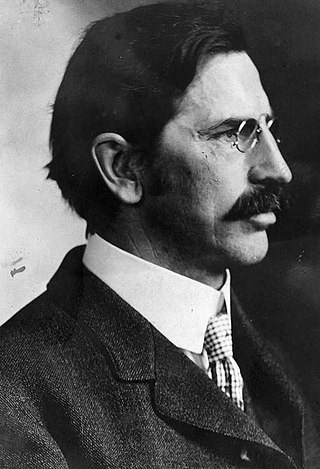
Frederic George Young (1858–1929) was an educator in the U.S. state of Oregon. He was born in Burnett, Wisconsin on June 3, 1858, and after graduating from Johns Hopkins University in 1886, he taught in Wisconsin and South Dakota. He moved to Portland in 1890, and served as principal at its high school and as president of Albany College before being appointed professor of economics and history at the University of Oregon in 1895. He was a founding officer of the Oregon Historical Society in 1898, and as editor of its Oregon Historical Quarterly from its founding in 1900 through the December 1928 issue. He served on the Oregon Commission for the Lewis and Clark Centennial Exposition. He was dean of Oregon's School of Sociology from 1919 until his death.

Horace Sumner Lyman was a prominent journalist, historian, and educator in the U.S. state of Oregon. His father, Horace Lyman, was an Oregon pioneer in 1848.
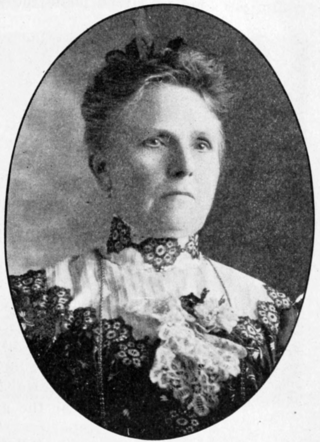
Catherine Amanda Coburn was an American pioneer of the long nineteenth century associated with the Oregon Territory. Entering the workforce after the untimely death of her husband, she became a teacher and school principal and, later, a newspaper editor. A century after her birth, she and her elder sister were described by an Oregon historian as "probably Oregon's two greatest women journalists." Coburn was active in civic life, especially in her later years. Though she did not identify as a "suffragette", she did actively support the cause of women's suffrage, among various charitable and civic causes.
Oscar Osburn Winther was a history professor, specializing in the history of the western United States. He was the president of the Western History Association from 1963 to 1964 and the president of the Oral History Association from 1969 to 1970.















